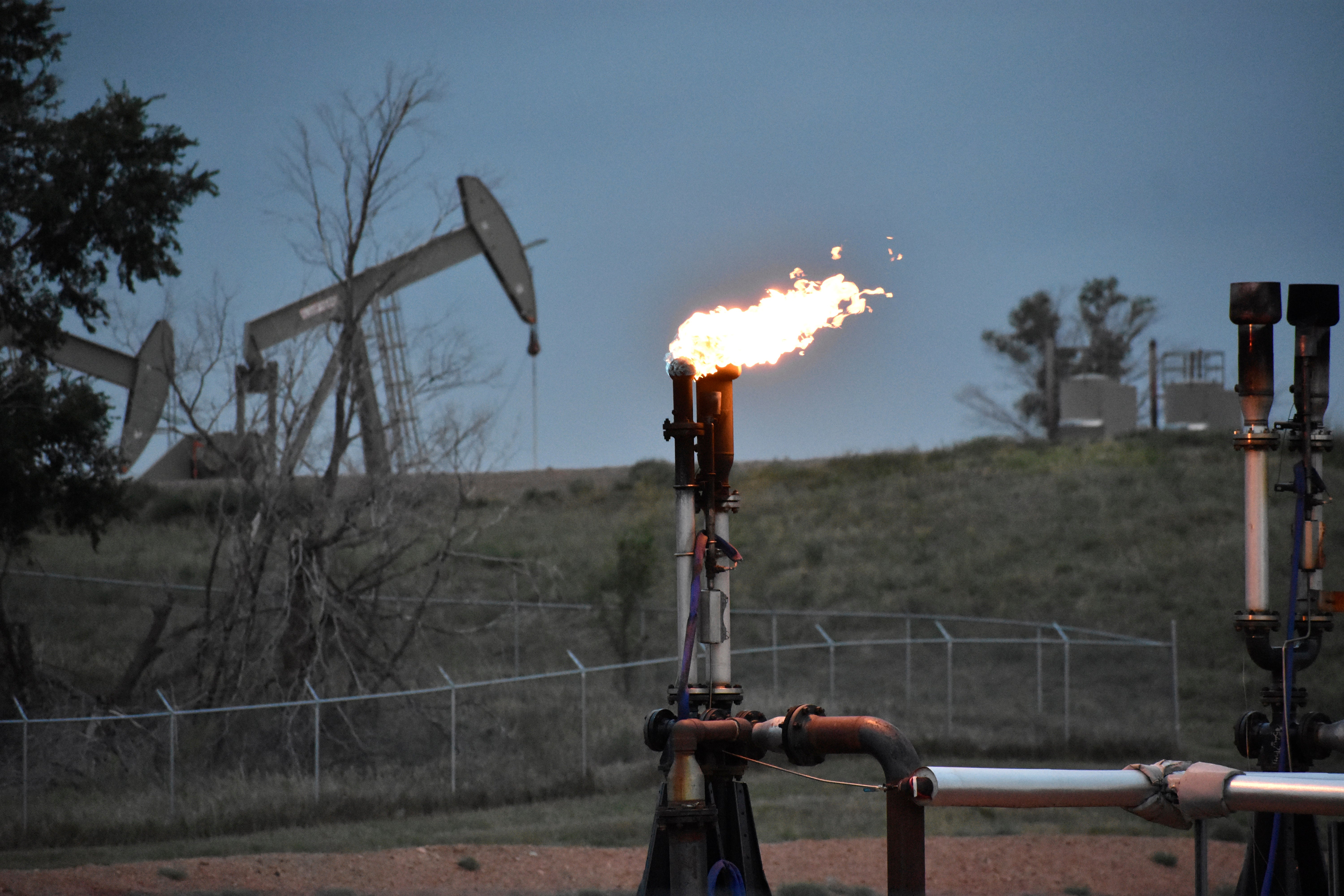Fill ‘er up! Oil countries predict an oversupply of gasoline by 2030 – driving down prices at US pumps
It comes as gas prices begin to decline once again across the US, bringing relief to drivers paying a little less to fill up their tanks

Your support helps us to tell the story
From reproductive rights to climate change to Big Tech, The Independent is on the ground when the story is developing. Whether it's investigating the financials of Elon Musk's pro-Trump PAC or producing our latest documentary, 'The A Word', which shines a light on the American women fighting for reproductive rights, we know how important it is to parse out the facts from the messaging.
At such a critical moment in US history, we need reporters on the ground. Your donation allows us to keep sending journalists to speak to both sides of the story.
The Independent is trusted by Americans across the entire political spectrum. And unlike many other quality news outlets, we choose not to lock Americans out of our reporting and analysis with paywalls. We believe quality journalism should be available to everyone, paid for by those who can afford it.
Your support makes all the difference.Good news for drivers, as a surge in national oil production and the Americas is expected to outapce demand by 2030, which should drive down already declining gas prices.
Total supply capacity is forecast to rise to nearly 114 million barrels a day by 2030 – a staggering 8 million barrels per day above projected global demand, a new report by the International Energy Agency has found. When demand slows for gas prices, typically plummet. An example was seen during COVID when lockdowns left many people at home and not on the road pushing prices below $2-per-gallon in some areas.
Meanwhile, the increasing production of electric vehicles and fuel efficiency improvements will lower demand for gasoline in the US and around the world.
According to the IEA report, the combination is expected to result in “levels of spare capacity never seen before other than at the height of the Covid-19 lockdowns in 2020.”
“Spare capacity at such levels could have significant consequences for oil markets – including for producer economies in OPEC and beyond, as well as for the US shale industry,” the report stated.

It comes as gas prices begin to decline once again across the US, bringing relief to drivers paying a little less to fill up their tanks.
The national average for gas prices in the on Monday stood around $3.44, according to AAA. This figure is down about 9 cents from one week ago — marking the largest one-week drop recorded by the club so far in 2024.
Monday’s average was also more than 19 cents less than it was a month ago and over 14 cents below the level seen this time last year.
In parallel to the ramping up of production in the US, producers from the OPEC nations are leading the expansion of global production capacity to meet this anticipated demand, accounting for three-quarters of the expected increase to 2030, the IEA said.
The medium-outlook sees the markets “comfortably supplied” through to this period, though unwavering focus on energy security will remain crucial as powerful forces transform the sector, the agency noted.

“As the pandemic rebound loses steam, clean energy transitions advance, and the structure of China’s economy shifts, growth in global oil demand is slowing down and set to reach its peak by 2030,” said IEA Executive Director Fatih Birol.
“This year, we expect demand to rise by around 1 million barrels per day. This report’s projections, based on the latest data, show a major supply surplus emerging this decade, suggesting that oil companies may want to make sure their business strategies and plans are prepared for the changes taking place.”
Despite the slowdown in growth, the IEA notes, global oil demand is still forecast to be 3.2 million barrels per day higher in 2030 than in 2023 unless stronger policy measures are implemented or changes in behavior take hold.
The increase is set to be driven by emerging economies in Asia – especially higher oil use for transport in India – and by greater use of jet fuel and feedstocks from the booming petrochemicals industry, notably in China.
Join our commenting forum
Join thought-provoking conversations, follow other Independent readers and see their replies
Comments